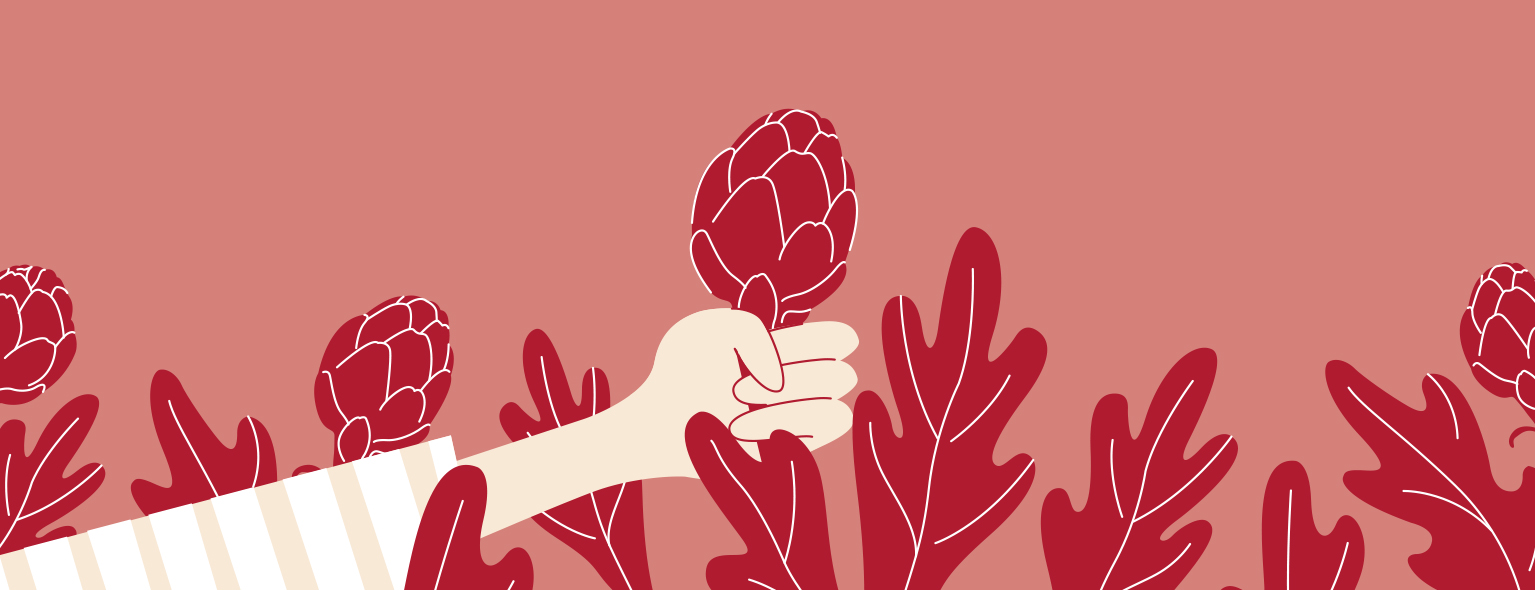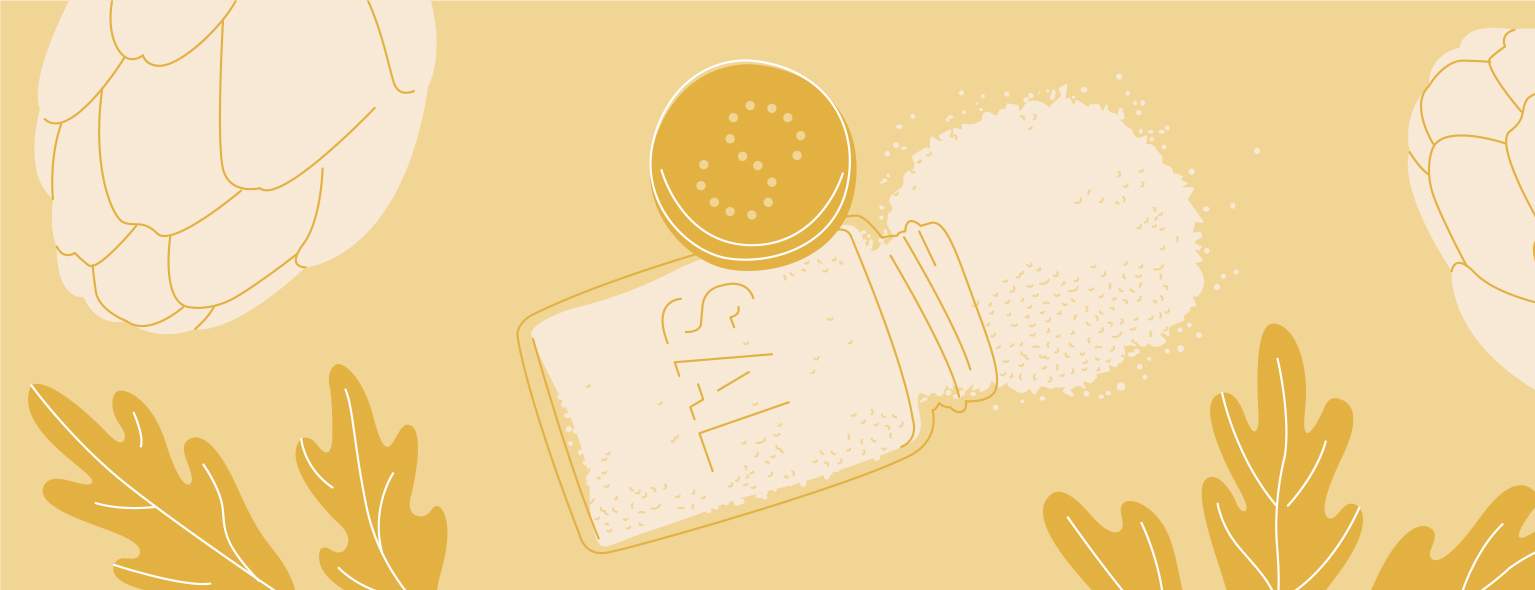The artichokes have played a leading role in our cuisine for centuries. The Roman people attributed aphrodisiac effects to it and the Greeks believed that they ensured the birth of men. That thought carried over to the Middle Ages, triggering the persecution of the church, thinking that its excessive consumption could seriously harm the spirit. This raised its price at that time, becoming exclusive for the wealthy.
Thus, Catalina de Médici, the leading promoter of the artichoke, gained some fame as a result of a previous incident. She got used to riding a horse, becoming the first lady to show her petticoats in public; years later, specifically in 1577, she was the protagonist of another historical anecdote that gave a lot to talk about at the time. After a dinner called Château of Chenonceau, a beautiful French castle located in the Loire Valley, he organized a banquet for courtiers where his favorite dish, beatilles, considered a delicacy, was served. This dish consisted of artichoke bottoms stuffed with kidneys, veal gizzards and rooster crests or in the form of separate meat pâtés. Apart from the exquisite dish, the lack of modesty of the maids, carefully selected ladies of great importance who were dressed in vaporous dresses with wind in their mane as if they were nymphs coming out of a magical forest.
Towards the 17th century the consumption of artichoke crowns was recommended to rekindle the passion in marriages. This unleashed the fury of characters at the time such as the cleric Furetière, poet and novelist who made a rant in a book about young single women who ate artichokes.
More recently, it has had other less conflicting representations. An example is Marilyn Monroe, crowned in 1948 as the first queen of the artichoke, an award given at the Castroville, California Festival.
 Skip to content
Skip to content







